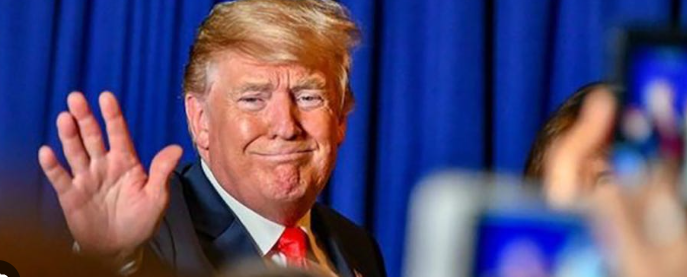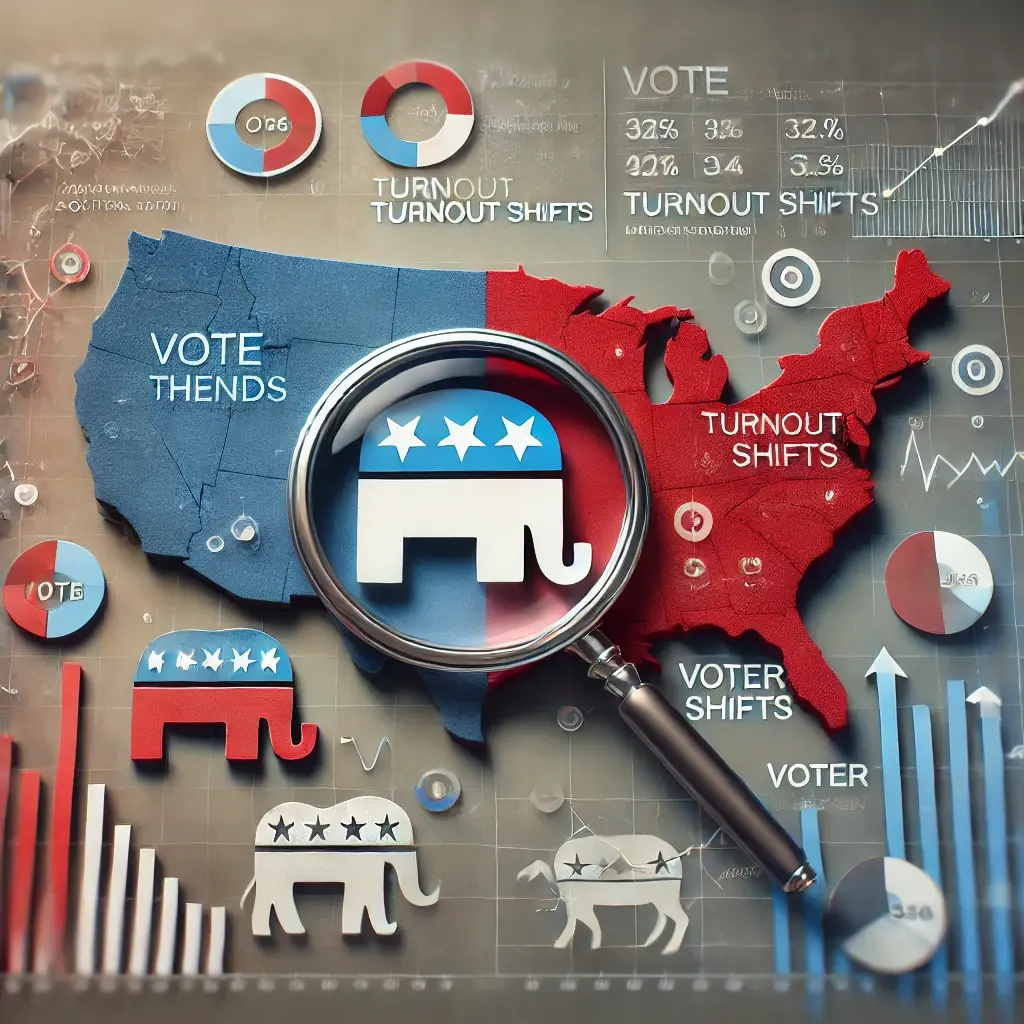In addition to altering how Americans received news, television subtly undermined civic participation and changed the political makeup of the nation.
What to Know:
- Local news began dying long before the internet—television sparked the first collapse.
- TV didn’t add to local coverage; it replaced it with faster, flashier national content.
- As media went national, so did voting habits—party identity overtook local concerns.
- Early TV markets saw up to 10% declines in local reporting, weakening civic awareness.
- The loss of local journalism opened the door to national echo chambers and disinformation.
On March 31, 2011, a small Pennsylvania paper did what few national outlets could—it broke a story that rocked the country. The Harrisburg Patriot-News uncovered the Jerry Sandusky abuse scandal, demonstrating the irreplaceable value of local journalism. But even as that kind of work remains vital, it’s vanishing. Every week, another 2-3 local papers shut their doors. Nearly half of U.S. counties now qualify as news deserts.
Research from Northwestern’s Kellogg School, led by Michael Sinkinson, reveals that the explosion of television in the 1950s devastated local newspapers and radically transformed American political life. The erosion of local news didn't just mean fewer stories about town hall meetings—it meant voters became less informed about their own communities and more susceptible to national narratives.
Today’s hyper-partisanship? It has roots in a 1948 FCC licensing freeze.
The Bundled Business Model That Broke
The story begins in 1948, when the Federal Communications Commission (FCC), facing technical challenges and an overwhelming surge in applications, halted the licensing of new television stations. This four-year “freeze” created a patchwork media landscape—some cities had access to television, others didn’t. What seemed like a routine regulatory delay ended up offering researchers a rare natural experiment. By comparing regions with early TV access to those without, they uncovered more than a media shift—they traced the beginning of a slow, silent breakdown in civic connection.
Image generated by DALL-E
Before cable news or social media, Americans got their information in a neat bundle: local weather, high school sports scores, national headlines, and the occasional city hall corruption scoop—all printed on the same page. This mix subsidized the cost of deeper reporting. An ad for a local bakery paid for a story on the mayor.
But then came television. As TVs entered American homes, growing from 250,000 sets in 1948 to nearly 17 million by 1952, something seismic shifted. Sinkinson and his colleagues found that in cities where TV stations were up and running before the FCC’s four-year freeze, local newspapers saw measurable drops in circulation, subscriptions, and ad revenue.
Data from KelloggInsight
Television wasn't merely another medium. It was a business-killing competitor.
“We thought maybe people would hear a story on TV and want to read more,” Sinkinson noted. “But they didn’t. TV and newspapers weren’t complements—they were substitutes.”
Researchers initially thought TV might spark curiosity, driving viewers to newspapers for deeper coverage. But that complementary relationship never materialized. Instead, audiences treated TV as a one-stop shop. Because nightly broadcasts were so convenient, with anchors delivering sports highlights, national headlines, and even the weather, fewer people consulted their local paper the following morning.
TV didn’t supplement print; it replaced it. And as viewership soared, local papers lost both their readers and the advertising revenue that kept them afloat—undermining their ability to report on the very communities they served.
Local Politics, National Votes
This media transformation changed what Americans consumed, and it changed how they voted. Sinkinson’s team found a sharp decline in split-ticket voting in counties where local newspapers faced early television competition. Voters started casting straight-party ballots, following national trends, even if they had previously voted Republican for Congress but Democrat for President, or vice versa.
This political “nationalization” may seem subtle, but its consequences are enormous. When voters lose touch with local candidates and issues, party identity fills the gap. And we’ve seen this accelerate:
- Trump’s national branding influenced even local sheriff and school board races.
- Harris’s 2024 campaign struggled to localize economic successes, as national narratives dominated coverage.
- In Pennsylvania and Michigan, voters said they heard Trump talk more about the economy, even though they liked Harris’s platform.
That’s how school board elections become proxy fights over presidential politics and city council races mirror national ideological wars. In a landscape where local coverage fades, voters fill the void with national cues—reducing complex community decisions to partisan litmus tests. The result isn’t just polarization; it’s disconnection.
The Ghosts of Papers Past
The researchers revisited many of the newspaper markets that had faced early competition from television. By 2017, the picture was grim: only 10 of those papers were still in print. Among them, the average number of total stories had fallen by 37.5%. Original reporting had dropped sharply—from 86 stories per edition in the mid-20th century to just 50. Many surviving papers had become little more than wire-feed pamphlets, recycling national content with minimal local insight.
Image generated by DALL-E
With fewer local journalists on the ground, key democratic functions are slipping through the cracks. Who’s watching the school board? Who’s attending zoning meetings or digging into campaign finance records? Increasingly, the answer is no one.
The result is a vacuum in local information—one now filled by partisan commentators, social media personalities, and national cable news hosts. These voices frame every issue through a national lens, transforming routine local decisions into ideological flashpoints. And in that environment, every election becomes a referendum on the president, every controversy a proxy war for broader cultural battles.
What About the Internet?
Didn't the internet revive local news if television undermined it? Not exactly. The internet made it easier to publish news, but it hasn’t consistently raised the standard or sustainability of local reporting. While some hyperlocal outlets and newsletters have emerged, they remain the exception rather than the norm.
As Sinkinson cautiously notes, “I don’t want to hang my hat on the argument that the internet has been great for news.”
Yes, the web allows for citizen journalism, substack newsletters, and social media reporting. But it’s also created the perfect conditions for misinformation, sensationalism, and clickbait. Even well-meaning online news efforts struggle to gain sustainable funding. Many rely on grants, unpaid labor, or part-time contributors. And when national stories go viral, hyperlocal truths get buried.
How It Still Shapes 2024 and Beyond
The 2024 election offered a painful reminder of how the absence of local journalism skews electoral strategy. Harris’s campaign miscalculated by leaning into earned media moments with Liz Cheney—believing that fighting Trump with a Republican foil would energize the middle. But voters in Michigan and Pennsylvania didn’t care for the theatrics. What they wanted was economic storytelling—local examples, real change.
Polling from the Progressive Change Institute showed independents were 18–25 points more enthusiastic when Harris focused on economic issues. But they heard Trump talking about the economy more often—even when Harris had the better plan.
The void left by local newspapers makes such messaging failures more likely. There are fewer reporters asking tough questions about local job numbers or state infrastructure projects. National campaigns swoop in with ads and soundbites, but there's no connective tissue to hold leaders accountable between cycles.
Wrap Up
The death of local news didn’t start with Big Tech or billionaire buyouts. It started with the flickering glow of a black-and-white television. What followed was a slow-motion unraveling of the institutions that once tied Americans to their communities and to each other.
Today, we're living in the fallout. Partisan silos have replaced the porch-paper ritual. National narratives drown out local truths. And voters are left casting ballots in a theater of abstractions—where party matters more than policy, and no one knows what the city council just approved.
But we’re not powerless. From nonprofit local outlets to reader-supported newsletters, there’s a path forward—if we choose to invest in it. Because without local news, democracy becomes less local. And when democracy stops being local, it stops being real.





.png)